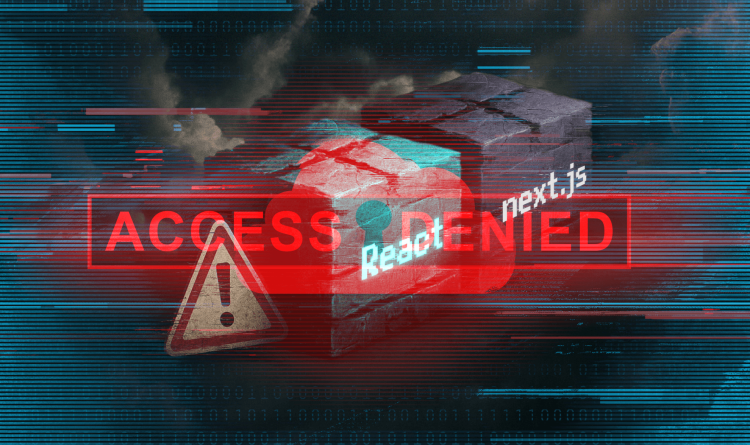CI/CD security refers to the set of practices and tools used to secure continuous integration and continuous deployment (CI/CD) pipelines, which are foundational to modern software development. As development teams increasingly adopt DevOps and cloud-native approaches, the CI/CD pipeline has become a high-value target for attackers seeking to tamper with source code, inject malicious components, or steal credentials.
Effective CI/CD security, an aspect of Application Security or Shift Left Security, ensures that the automation driving rapid software delivery does not compromise security posture, data integrity, or compliance obligations.
What is CI/CD Security?
CI/CD security focuses on protecting the tools, workflows, infrastructure, and code involved in building, testing, and deploying applications. The CI/CD pipeline is responsible for continuously integrating code changes, running automated tests, and deploying applications across environments—often with minimal human oversight.
Without appropriate safeguards, vulnerabilities in the pipeline can introduce serious risks, including:
- Unauthorized code injection
- Compromised secrets or tokens
- Deployment of insecure or unscanned artifacts
- Abuse of overly permissive roles or service accounts
CI/CD security addresses these risks by integrating security controls directly into the pipeline, ensuring that vulnerabilities, misconfigurations, and malicious behaviors are detected and remediated early.
Why is CI/CD security important?
CI/CD pipelines operate with a high degree of privilege and automation. If compromised, they can give attackers a direct route to inject malicious code into production, tamper with application logic, or exfiltrate sensitive data.
CI/CD security is critical for:
- Preventing supply chain attacks: By securing dependencies, build systems, and deployment workflows, organizations can avoid compromise from upstream or internal sources. Supply chain attacks are forecasted to cost $60 billion (USD) globally by 2025.
- Shifting security left: Integrating security earlier in the development process reduces cost, effort, and risk.
- Maintaining trust and compliance: Securing the pipeline helps organizations meet compliance standards and assure customers that released software is secure and trustworthy.
- Enabling secure innovation: With proper controls, developers can move fast without introducing unacceptable risk.
Key components of CI/CD security
A robust CI/CD security strategy covers every stage of the pipeline and the assets it touches:
Code Repository security
CI/CD pipelines begin with source code. Securing code repositories involves:
- Enforcing access controls (e.g., least privilege)
- Preventing hardcoded secrets or tokens
- Monitoring for unauthorized changes
- Requiring code reviews and signed commits
Dependency and artifact scanning
Third-party libraries and build artifacts must be scanned for vulnerabilities, licensing issues, and tampering. This helps prevent insecure components from being introduced into production.
Secrets management
Pipelines often require credentials to access databases, APIs, and deployment environments. Secrets should be centrally managed, encrypted, and rotated regularly—not stored in plaintext or embedded in code.
Infrastructure as Code (IaC) validation
CI/CD pipelines often deploy infrastructure using IaC artifacts. These must be scanned for security misconfigurations such as open ports, public S3 buckets, or overly broad IAM permissions.
Container image scanning
If the pipeline builds container images, those images should be scanned for vulnerabilities, malware, and policy violations before being pushed to registries or deployed.
Pipeline access control and auditability
Each CI/CD system (e.g., GitHub Actions, GitLab CI, Jenkins) must be configured to:
- Restrict access to sensitive environments and deployment stages
- Monitor user actions and maintain detailed audit logs
- Prevent privilege escalation through compromised accounts or plugins
Runtime and post-deployment monitoring
Even after deployment, CI/CD security includes monitoring for anomalies and unauthorized changes to applications or infrastructure triggered by pipeline activity.
CI/CD security challenges
Securing CI/CD environments involves several ongoing challenges:
- Toolchain complexity: Teams often use many interconnected tools and plugins, creating more potential entry points for attackers.
- Speed vs. security: Security controls must be lightweight and automated to avoid disrupting delivery speed.
- Lack of visibility: It can be difficult to monitor what’s happening inside pipelines without the right tools.
- Secret sprawl: Improper secrets handling can expose tokens and credentials across repositories, images, and logs.
Organizations must embed security seamlessly into CI/CD workflows to maintain both speed and safety.
How Orca Security Helps
The Orca Cloud Security Platform provides advanced CI/CD security capabilities that seamlessly integrate with modern DevOps workflows. With Orca, organizations can:
- Scan code repositories for vulnerable dependencies, hardcoded secrets, and misconfigurations
- Automatically inspect IaC artifacts and container images before deployment
- Secure configurations across source code management (SCM) platforms to enhance security posture
- Maintain visibility and auditability across CI/CD tools without deploying heavyweight agents or interrupting workflows
By embedding CI/CD security into its broader platform, Orca helps teams accelerate software delivery—safely and securely.



